Dialing Long Distance for White Bass and Wipers
Tactics to get your bait out further
I can think back to a handful of instances where I stood on the shoreline helplessly as a maraud of wipers and white bass destroyed schools of baitfish on the surface of the lake. Just. Out. Of. Casting range. This might be one of the most frustrating circumstances in fishing. Each time I vowed to find a way to get a bait in front of these fish. Through time on the water, a little imagination, and the advice of fellow anglers I've met along the way, I've found a few ideas that have helped me catch more white bass and wipers.
When would I need this?
Sure, if you have a boat, this may never be an issue. Good for you. Don't take it for granted. If you don't have a boat, its obviously not the end of the world. The vast majority of the largest fish I've caught have been from the bank.
So the first scenario that jumps out where casting distance is an issue is below dams. Dams can be huge! I'm talking well over a quarter mile across. I think back to my time in Oklahoma where most of the fishing I did was below enormous spillways, and long distance casting is the name of the game. The guys that caught the most fish could usually cast the furthest. Not necessarily because they always had to, but they could when they needed to, and that's the name of the game.
Another time it is important to be able to bomb a bait further than Anthony Rizzo can hit a baseball is in large reservoirs. Large wipers and white bass often roam the deep main basin, rising to the surface to corral baits during the early morning. It really stinks when you see this melee of baitfish carnage 20 yards out of casting range.
So how do I get to the fish?
There are many ways to improve casting distance. Increase the weight of your lure. It's amazing how much further you can cast a 1/2 ounce jig when compared to a 1/4 ounce jig. Make sure your reel is completely full of line. This reduces the friction as line comes off the spool. Use longer fishing rod. This increases amount of velocity you can apply to the lure while casting. You can also switch from monofilament fishing line to a braided line like Berkley Fireline Crystal in the 10-20 pound range. The smaller diameter line reduces air resistance and increases your casting distance.
So you have done all these things and still can't get to the fish? There's still hope. Try one of these distance casting rigs. My personal favorite is a good ol' Carolina rig. However, I put my own personal twist on it. Instead of putting a soft plastic lure on the hook, I swap it out for a streamer.
You can absolutely use a plastic fluke, swimbait, or twister tail, you just won't be able to cast it as far as you can a fly. The fly is nearly weightless, and this eliminates the "helicopter effect" a jig or plastic lure will cause. This is when the sinker and lure are swinging around each other during the cast, slowing the whole rig down and reducing how far the lure goes. Using this rig 100 yard casts aren't just possible, but generally expected when using a Medium-Heavy spinning rod and Penn Battle 4000 Size Spinning Reel. If you are using a rod with a length of 9 feet or more with light braided line, 150 yards is not out of the question.
The size of the sinker and fly depends on your needs. If you need to cast further, use a heavier sinker. Don't need to cast as far? Use a lighter sinker. If the fish are eating small baitfish early in the year, use a smaller streamer. As the year goes on and the shad get larger, its a good idea to use larger streamers.
The action you give the fly depends on what the fish want. A lift and fall retrieve style generally works well, but reeling your bait straight in may produce fish as well. Experiment and see what happens. Whatever retrieve you try, keep this rig above the bottom or else you might as well plan on tying a new rig. Snags and the Carolina rig do not get along.
Okay, what if the fish are not only a long ways away, and your bait is falling too fast for them to hit it? Well, there are ways around that one too. Take the ol' Carolina rig, and put it under a weighted slip bobber. Set your bobber stop at the depth the fish are at, and sling it out there. This rig not only catches fish, but it is a blast to watch the bobber zip under the water when a big hybrid striper crushes your bait.
You can let this rig drift in the current, reel it in steadily, or rip it and pause it. All methods are more productive at different times. Try each until you find out what works the best. The fish will tell you what you should be doing.
There are more ways to increase casting distance than this, but these have worked the best for me. Good luck and I hope you get after 'em! Let us know how you do. Give us a like on Facebook and share your fishing experiences with us. We love fishing pictures of all kinds!








